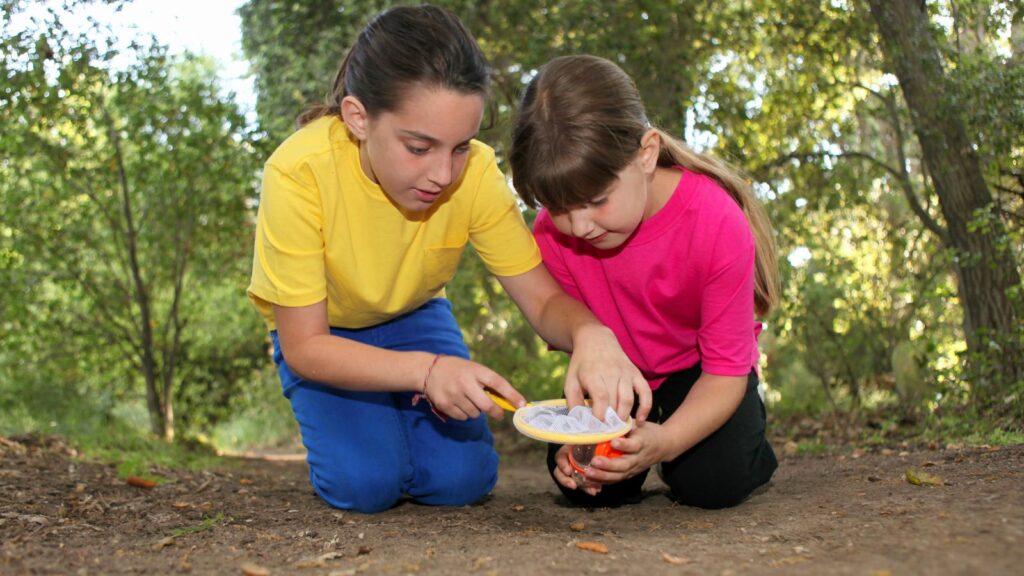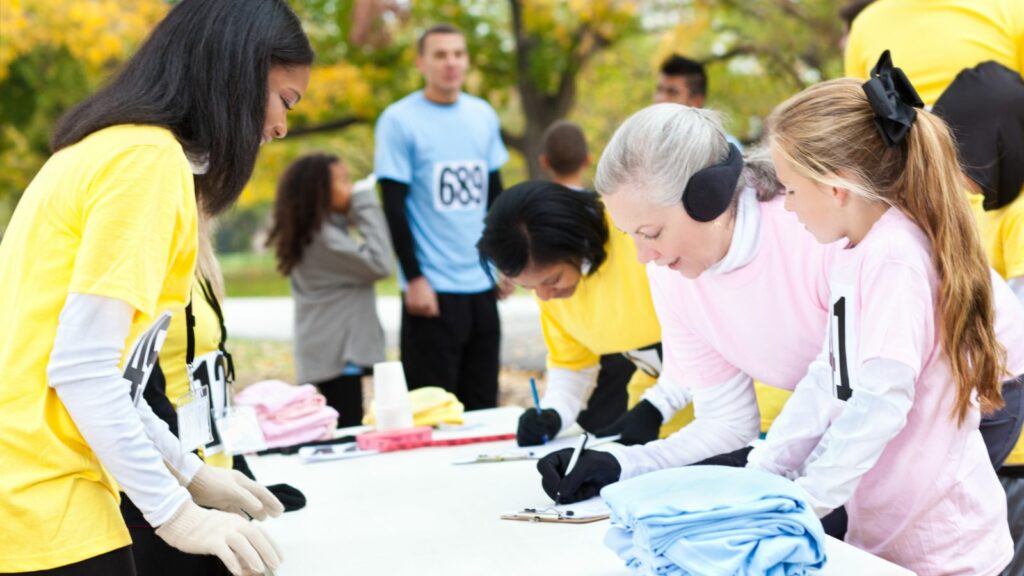Looking for a fun, engaging way to entertain your little ones? Scavenger hunts are a timeless activity that kids of all ages adore. They’re not just entertaining, they’re also educational, encouraging children to think critically, work as a team, and explore their surroundings.
Kids Scavenger Hunt Ideas
Scavenger hunts provide many benefits for kids. They’re more than just a fun way to pass time. They present opportunities for children to learn and grow in many aspects of life. The benefits extend past entertainment, having influential effects on kids’ cognitive and social development, as well as their physical well-being.
Enhancing Problem-Solving Skills

Scavenger hunts serve as mental workouts for kids. Clues in a scavenger hunt often require kids to think creatively and analytically, tasks tied directly to problem-solving. Through deciphering and executing scavenger hunt clues, children are often unaware they’re exercising their brains and improving their cognitive abilities. Examples of such tasks can be riddles to solve, puzzles to piece together, or codes to crack.
Indoor Scavenger Hunt Ideas
Applying the principles of scavenger hunts to indoor environments proposes unique challenges and opportunities. Here are some targeted themes to facilitate productive indoor scavenger hunts.
Using Household Items

Optimizing household items for a scavenger hunt not only adds a level of convenience but also familiarizes children with their surroundings. Parents can create a list of everyday items, such as a red sock, a spoon, a specific book, or a pet’s toy. For the hunt, kids meticulously scour their house, tick off items on their list, and gather them in one place.
For instance, even a simple hunt for color-coded items challenges kids’ comprehension of colors and object recognition. A game involving locating different shaped objects promotes basic geometry understanding.
Outdoor Scavenger Hunt Ideas
After learning how indoor scavenger hunts aid in children’s mental and physical development, it’s time to shed light on outdoor scavenger hunt ideas. Outdoor hunts, including nature-based and urban exploration hunts, offer unique learning opportunities, physical activity, and social interaction in various settings.
Nature-Based Hunts
Nature-themed scavenger hunts present an impeccable platform for children to get to know the natural world. These hunts typically consist of locating objects or creatures commonly encountered in the nature such as insects, flowers, seeds, specific plants or trees and natural elements like rocks or leaves.
Technology-Assisted Hunts
Transitioning from the essential indoor and outdoor scavenger hunts, children may find an application of technology in these games equally engaging. Technology-assisted hunts introduce a novel dimension to the traditional scavenger hunt experience. They leverage advancements in digital tools to elevate the fun level, whilst also fostering technical literacy and critical thinking.
Using Apps and GPS

Utilizing technological tools like mobile apps and GPS, scavenger hunts become immersive, interactive, and even more educational. These app-guided scavenger hunts, identifiable on platforms such as ActionBound, Codemoji, and Cluekeeper, provide children with a variety of quest designs. It includes photo challenges, trivia questions or geocaching tasks where participants use GPS coordinates to locate hidden items.
Tips for Organizing Scavenger Hunts
Ensuring children reap the benefits of scavenger hunts while keeping their safety paramount requires strategic planning. Incorporate sensory elements, logical tasks, and balance challenges according to age. Furthermore, consider safety metrics in terms of location, difficulty level, participation rules, and technology usage.
Age-Appropriate Challenges
Designing age-appropriate tasks ensures the effectiveness of a scavenger hunt. For instance, preschoolers, being novice readers, engage most with hunts emphasizing visual and tactile experiences. They’ll embrace identifying shapes, colors, or objects like ‘red ball,’ ‘balcony plant,’ or ‘square tile.’ It’s also essential to incorporate simple tasks encouraging them to touch or smell.
